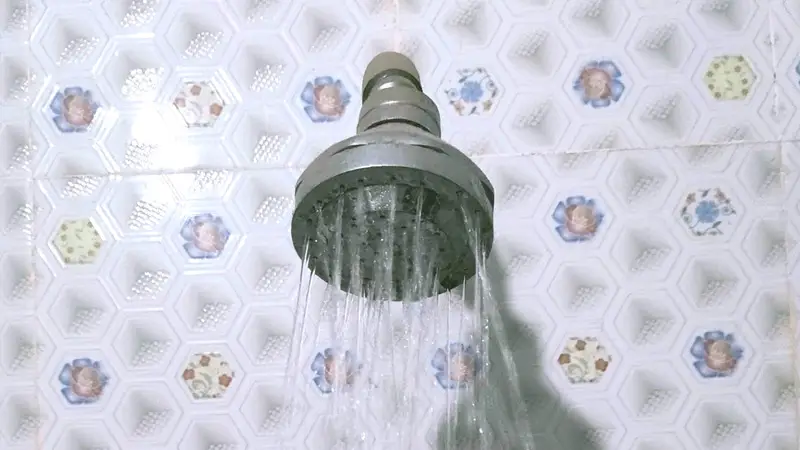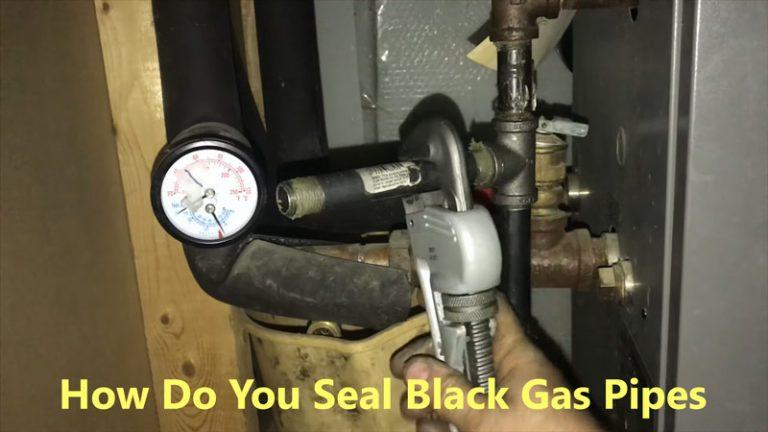Why Is My Shower Either Hot or Cold? Your Ultimate Guide
There’s nothing more frustrating than stepping into your shower expecting a warm, relaxing experience, only to be met with either scalding hot or freezing cold water. That perfect “just right” temperature seems impossible to find. If you’re tired of this daily shower struggle, you’ve come to the right place. This guide will walk you through the common reasons why your shower is either hot or cold and provide actionable solutions.
Understanding the root cause of this problem is the first step toward a permanent fix. Often, the issue lies within the complex mechanics of your shower’s valve system or even your home’s water heater.
You'll Learn About
Uncovering the Culprit: Common Causes for Extreme Shower Temperatures
Several factors can lead to drastic temperature swings in your shower. From simple plumbing quirks to more significant hardware failures, identifying the source is key. Let’s explore the most frequent offenders.
The Shower Mixing Valve: The Heart of the Problem
The most common reason for a shower that’s only hot or cold is a malfunctioning shower mixing valve. This valve is responsible for blending hot and cold water to deliver your desired temperature. When it fails, it can no longer regulate this mix effectively.
Inside the mixing valve is a component called a cartridge. Over time, this cartridge can wear out, become clogged with mineral deposits, or its rubber O-rings can degrade. When the cartridge goes bad, it can lead to a host of issues, including the inability to find a comfortable water temperature.
Signs of a Failing Shower Cartridge
A faulty shower cartridge often presents several tell-tale signs before it completely fails. Recognizing these symptoms early can save you from a lot of frustration. Be on the lookout for a handle that is difficult to turn, a dripping showerhead even when the water is off, or sudden drops in water pressure.
If you’re experiencing any of these issues, it’s a strong indication that your shower cartridge needs attention. Ignoring these signs can lead to more significant plumbing problems and potential water damage behind your walls.

Water Heater Woes: Is Your Heater Keeping Up?
Sometimes, the problem isn’t with the shower itself but with your water heater. An undersized water heater may not be able to meet your household’s demand for hot water, leading to fluctuations in temperature. This is especially common in larger households or if multiple appliances that use hot water are running simultaneously.
Issues with the water heater’s thermostat or a buildup of sediment inside the tank can also cause inconsistent hot water delivery. For those with tankless systems, you might be interested in understanding common issues like Navien tankless water heater temperature fluctuation, which can provide further insight. If you suspect your water heater is the problem, it might be time to consider an AHS water heater replacement.
Pressure Imbalances: The Toilet Flush Effect
Have you ever been enjoying a warm shower when someone flushes a toilet, and you’re suddenly hit with a blast of scalding water? This is a classic sign of a pressure imbalance in your plumbing system. When the toilet flushes, it demands a large volume of cold water, which reduces the cold water pressure available for your shower.
This sudden drop in cold water pressure means the hot water overpowers the mix, leading to a dangerously hot shower. This issue is more prevalent in older homes with plumbing systems that weren’t designed to handle multiple fixtures running at once. Installing a pressure-balancing valve can often resolve this issue.
Actionable Solutions: How to Fix Your Shower Temperature Problems
Now that you understand the potential causes, it’s time to explore the solutions. Many of these fixes can be tackled by a confident DIYer, while others may require the expertise of a professional plumber.
Replacing the Shower Valve Cartridge
For many homeowners, replacing the shower valve cartridge is the solution to their temperature woes. This is a manageable DIY project for those with some basic plumbing knowledge and the right tools. You will typically need a screwdriver, pliers, and a replacement cartridge specific to your faucet model.
The process generally involves shutting off the water supply, removing the shower handle and faceplate, and then extracting the old cartridge to install the new one. Be sure to follow the manufacturer’s instructions carefully to ensure a proper installation.
Upgrading Your Shower Valve
If you have an older shower valve, upgrading to a newer model can significantly improve your showering experience. There are two main types of modern shower valves: pressure-balancing valves and thermostatic valves. Both are designed to prevent sudden temperature changes.
Pressure-balancing valves work by maintaining a balanced pressure between the hot and cold water lines. Thermostatic valves allow you to set a specific temperature, and the valve will automatically adjust the mix of hot and cold water to maintain that temperature. While thermostatic valves are generally more expensive, they offer superior temperature control.
Addressing Water Heater Issues
If your water heater is the source of the problem, the solution will depend on the specific issue. For a sediment buildup, flushing the tank can often restore its efficiency. If the thermostat is faulty, it will likely need to be replaced.
In cases where the water heater is simply too small for your needs, the only long-term solution is to upgrade to a larger model. A professional plumber can help you determine the appropriate size for your household’s hot water demands.
Troubleshooting Common Shower Temperature Problems
Here is a quick-reference table to help you diagnose and address the most common shower temperature issues.
| Symptom | Possible Cause | Solution |
|---|---|---|
| Water is only hot or only cold | Faulty shower mixing valve cartridge | Replace the shower valve cartridge |
| Temperature changes when another fixture is used | Pressure imbalance in plumbing | Install a pressure-balancing or thermostatic valve |
| Hot water runs out quickly | Undersized or failing water heater | Flush the water heater, check the thermostat, or upgrade to a larger unit |
| Handle is stiff or difficult to turn | Worn out or corroded shower cartridge | Replace the shower valve cartridge |
| Low water pressure in the shower | Clogged showerhead or mineral buildup in the cartridge | Clean the showerhead and inspect or replace the cartridge |
Preventative Measures and Long-Term Maintenance
Once you’ve resolved your shower temperature issues, it’s important to take steps to prevent them from recurring. Regular maintenance of your plumbing system and water heater can go a long way in ensuring a consistent and comfortable shower experience.
Regularly Flush Your Water Heater
Flushing your water heater annually helps to remove sediment buildup, which can improve its efficiency and lifespan. This is a relatively simple task that can prevent a wide range of hot water problems down the line.
For those living in areas with hard water, you may need to flush your water heater more frequently. Hard water contains a higher concentration of minerals, which can lead to faster sediment accumulation.
Consider a Water Softener
If you have hard water, installing a whole-house water softener can provide numerous benefits. Not only will it help to prevent mineral buildup in your shower valve and water heater, but it can also extend the life of your other appliances and improve the feel of your water.
While a water softener is an investment, it can save you money on repairs and replacements in the long run. It’s a proactive solution to a common plumbing headache.
Professional Plumbing Inspections
Having your plumbing system professionally inspected every few years can help to identify potential issues before they become major problems. A plumber can check for leaks, assess the condition of your pipes, and ensure that your valves are functioning correctly. For those concerned about other aspects of their home’s systems, you might wonder, can I use Great Stuff around heating ducts? A professional can also provide guidance on such matters.
Regular inspections provide peace of mind and can help you avoid unexpected and costly repairs. Think of it as preventative care for your home’s circulatory system.

